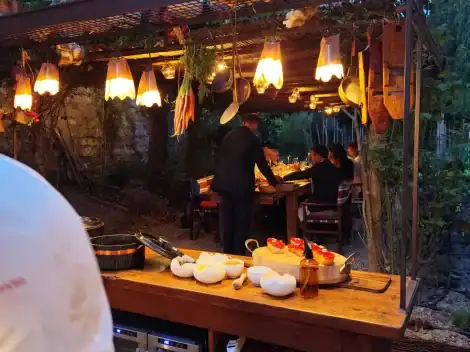Panettone, pandoro, nougat and nuts: these are the unmissable Christmas products that traditionally close the lunches and dinners of the festive days. Nuts, almonds, hazelnuts, dried figs, dates: the basket is full of tasty fruits to be snapped between one game of raffle and the next. Dried fruit can also be used to prepare desserts and dishes for the Christmas period. So we want to reveal curiosities and characteristics of each product. Providing tasty ideas for using nuts in the kitchen (for shopping tips, here is the guide to choosing quality nuts).
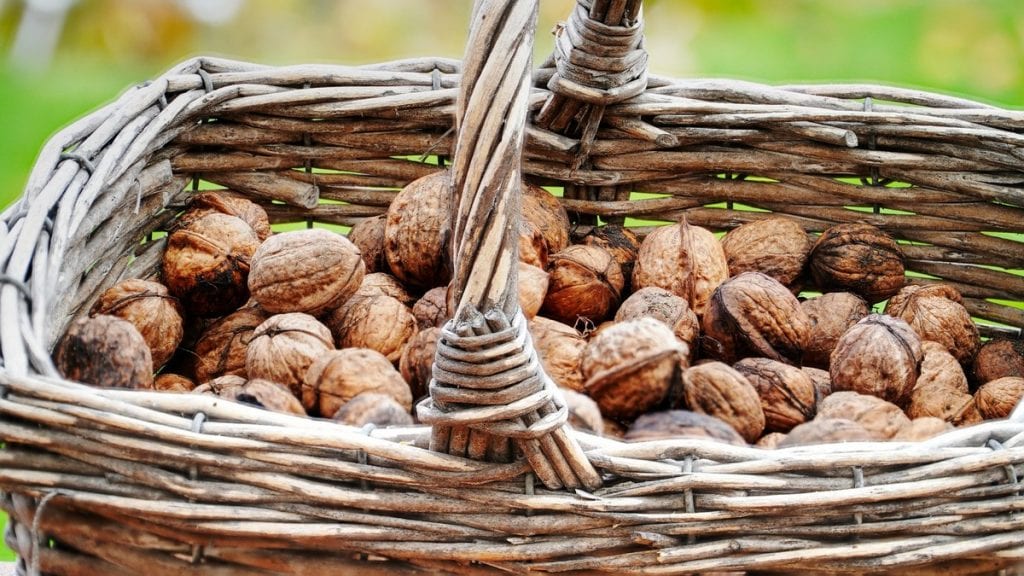
Walnuts properties
Walnuts are among the most appreciated nuts of all time, and not only at Christmas. At breakfast with yogurt, with a little honey, in the energy bars for snacks, alone or chopped, added in the pastries. Nuts can be used in various ways, even in salty dishes. Their main characteristic is the energy supply: 100 grams of walnuts provides about 600 calories to the body. Rich in omega3, they help to keep the level of “bad” cholesterol in the blood low, while the high percentage of vitamin E fights the action of free radicals. They can also regulate sleep, thanks to the presence of melatonin, and strengthen bones and teeth due to phosphorus and calcium. They have a good amount of magnesium, which regulates blood pressure and stimulates the function of the nervous system, while potassium is essential for heart health.
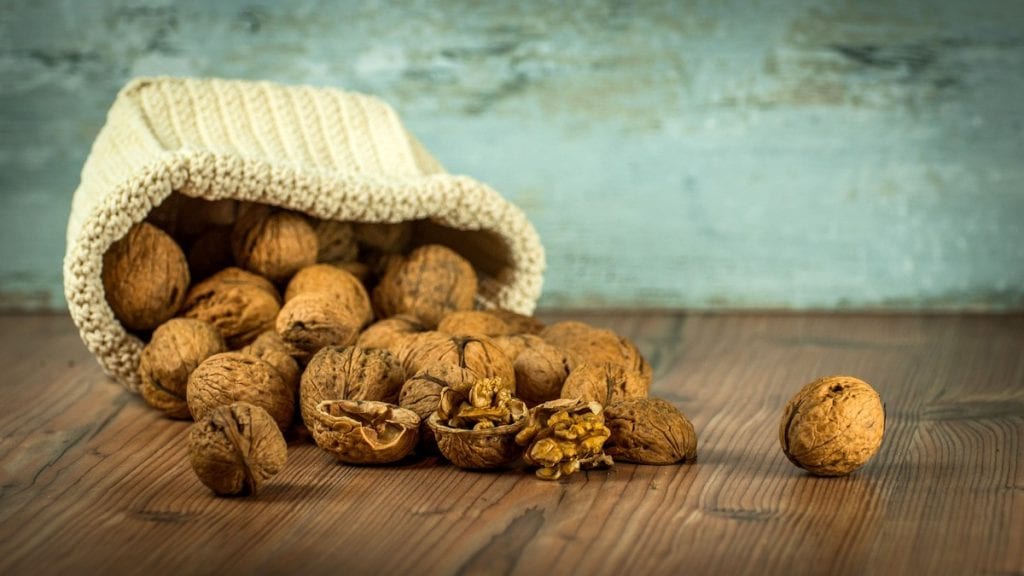
Walnuts: myths and legends
There are many legends that revolve around walnuts. The Greek myth of Orfe, Lico and Caria, the daughters of the king and queen of Laconia. The wine god Dionysus fell in love with Caria, triggering the jealousy of the two sisters, who began spying and gossiping about the deity. In a fit of rage, Dionysus turned the women into rocks, an act that led his beloved to die of pain. To pay homage to the girl, the god decided to make her memory eternal by transforming her into a walnut tree capable of producing fruit. Another famous legend is that of nocino, the liqueur also mentioned by Pellegrino Artusi: some say that it was the Romans who imported the recipe from Gaul, others believe that it was the Druids, the priests of the Celts, who invented the drink by having the walnuts gathered at dawn on the summer solstice by barefoot virgins. A ritual that still partly persists today: the “nocino” is in fact linked to the feast of St. John, celebrated for centuries with pagan customs, on the night between 23 and 24 June. And it is among the products prepared for the occasion. The liqueur is made with soft, unripe walnuts, harvested the night before and “collected by hand from barefoot girls when the precious and beneficial dew has wet them”, as we read in the book “Santa pietanza” by Lydia Capasso and Giovanna Esposito. And not only: “For the walnut to develop its power in the infusion, the fruits must be in odd numbers. ”
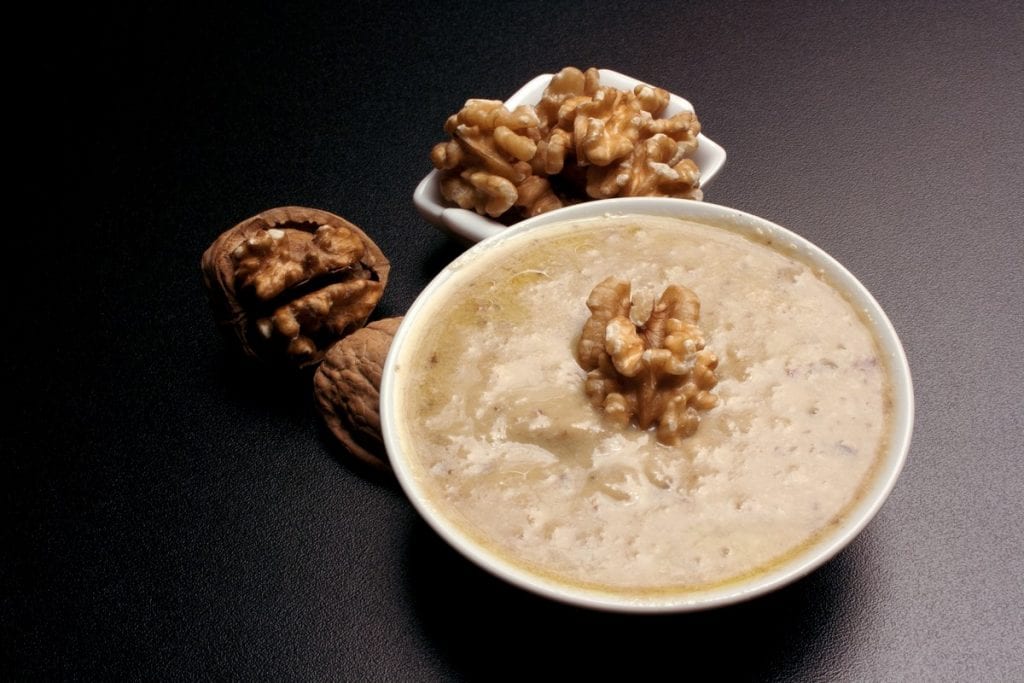
Walnuts: kitchen uses
Walnuts have always found many uses in the kitchen. Our advice? Try making walnut sauce, a mouth-watering cream that's perfect for any dish. It was created to complete the recipe for pansoti: Ligurian ravioli with a bulging, pot-bellied shape, filled with preboggion - a typical mixture of wild herbs - ricotta cheese and Parmesan cheese. The white cream made with crushed walnuts requires the use of extra virgin olive oil, garlic, salt and bread softened in milk: before proceeding, however, it is good to remember to clean the kernels, scalding them in boiling water and peeling them one by one manually. For quicker preparations, you can opt for a classic risotto with radicchio, gorgonzola and walnuts, in which the fruit is simply added at the end (minimum effort, maximum result!). Otherwise, the nuts can be used to embellish scallops or fillets, or as stuffing for the veal roll. Then, of course, there is the chapter on sauces and creams: the Ligurian pesto wants the pine nuts, a precious ingredient not to replace. For other creative pestate sauces you can also chop nuts, which will give crispness and flavor to the pasta. Adding to a tartina with a bit of cheese (the one with gorgonzola is perhaps a natural match), will make the Christmas appetizer more delicious. A bit of chopped grain will enrich any baked timballo. If you miss dessert. . . combine greek yogurt, nuts, fresh fruit, honey or sauces, et voilà, here’s a great spoon dessert (it looks more like a breakfast, it’s true, but the presentation is everything: choose a nice cup or an elegant glass and decorate the surface well).
Walnuts recipes
Versatile, crunchy and delicious, walnuts can enhance any dish. The uses in the kitchen are varied, so we leave you some ideas from which to take inspiration.
Walnut sauce
Ingredients
100 g shelled walnuts
1 piece of unseasoned breadcrumbs of an egg size
1 clove of garlic
2 tablespoons of milk
3 tablespoons of extra virgin olive oil
Salt q.s.
Dip the walnut kernels in boiling water for a few minutes, then remove the skin that covers them. Spread them out on a tea towel and let them dry well. Put them in the mortar together with the breadcrumbs soaked in water and squeezed, and a pinch of salt, then pound until the ingredients are transformed into a thick and creamy paste. At the time of using it, dilute it with a little of the pasta cooking water.
Cavatelli with walnuts and truffle
Ingredients
150 g. cavatelli
1 clove of garlic
80 g. shelled and coarsely chopped walnuts
1 tablespoon extra-virgin olive oil
5 g. truffle
Salt q.s.
In a large frying pan fry the garlic clove with a tablespoon of extra virgin olive oil, remove the garlic and add the walnuts and toast for a minute, then add a ladle of cooking water, allow to reduce and then add another ladle of cooking water, until it becomes a sauce, add small slivers of black truffle and another ladle of cooking water. Season with salt and cook for about 3 minutes. In the meantime, cook the cavatelli in a large pot of salted water, drain and dress with the walnut sauce. Season with abundant truffle shavings. Take some nice sage leaves and fry them in hot oil until crispy. Garnish the dish.

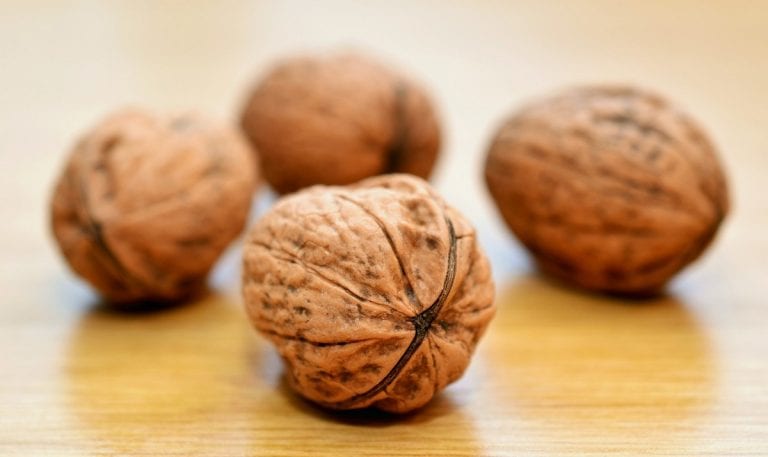
 The best restaurants in Agrigento to discover the new Sicilian cuisine
The best restaurants in Agrigento to discover the new Sicilian cuisine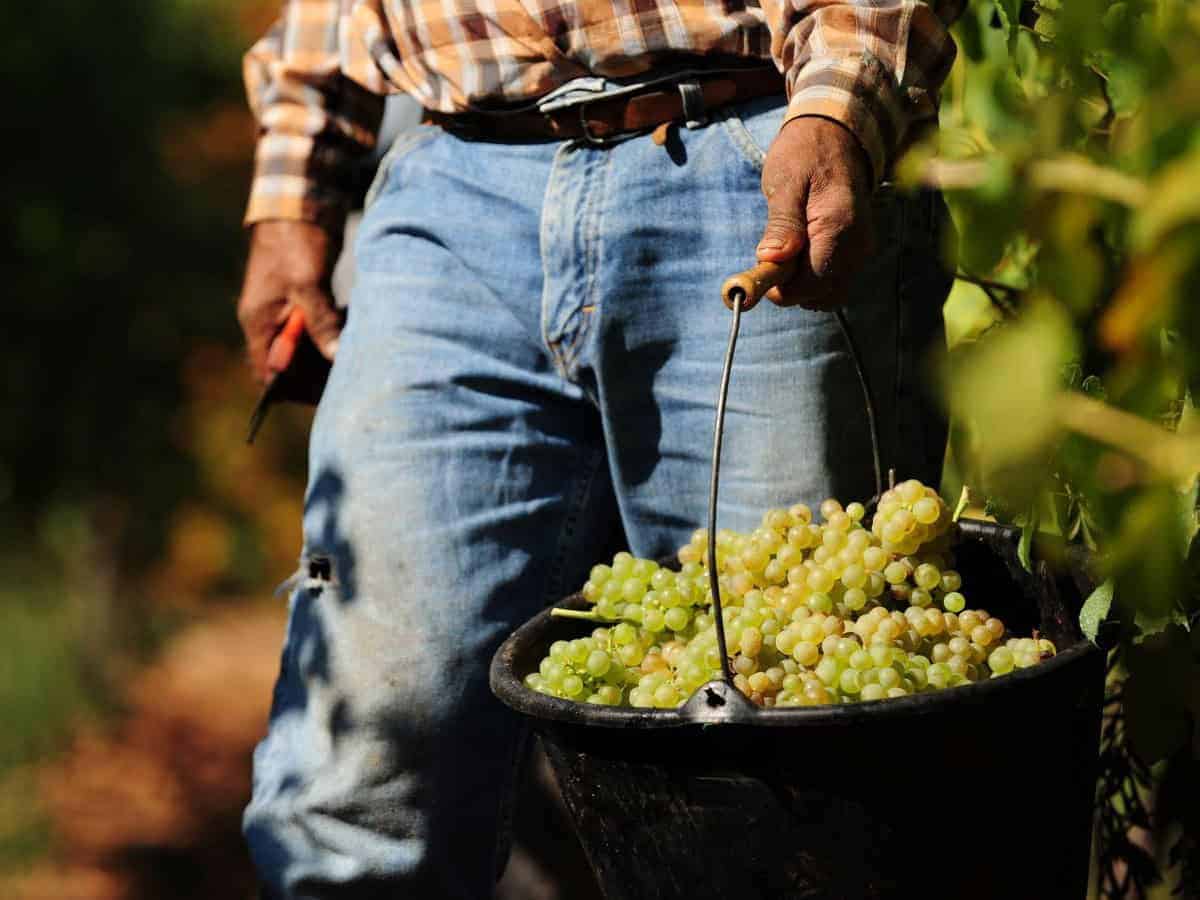 Italy’s 2024 wine production is higher than expected: nearly 44 million hectolitres. But there’s no reason to celebrate
Italy’s 2024 wine production is higher than expected: nearly 44 million hectolitres. But there’s no reason to celebrate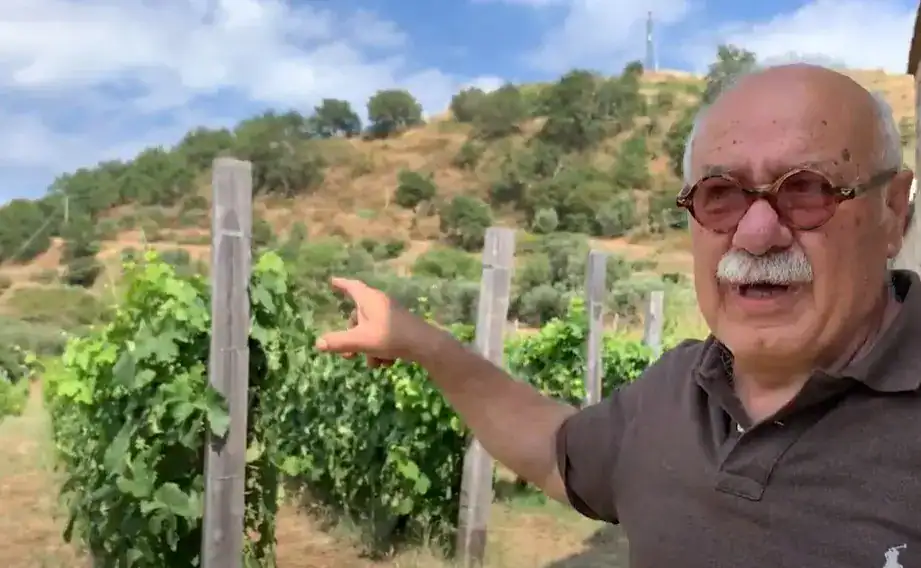 The two Calabrian brothers making wine like the ancient Grecanic peasants
The two Calabrian brothers making wine like the ancient Grecanic peasants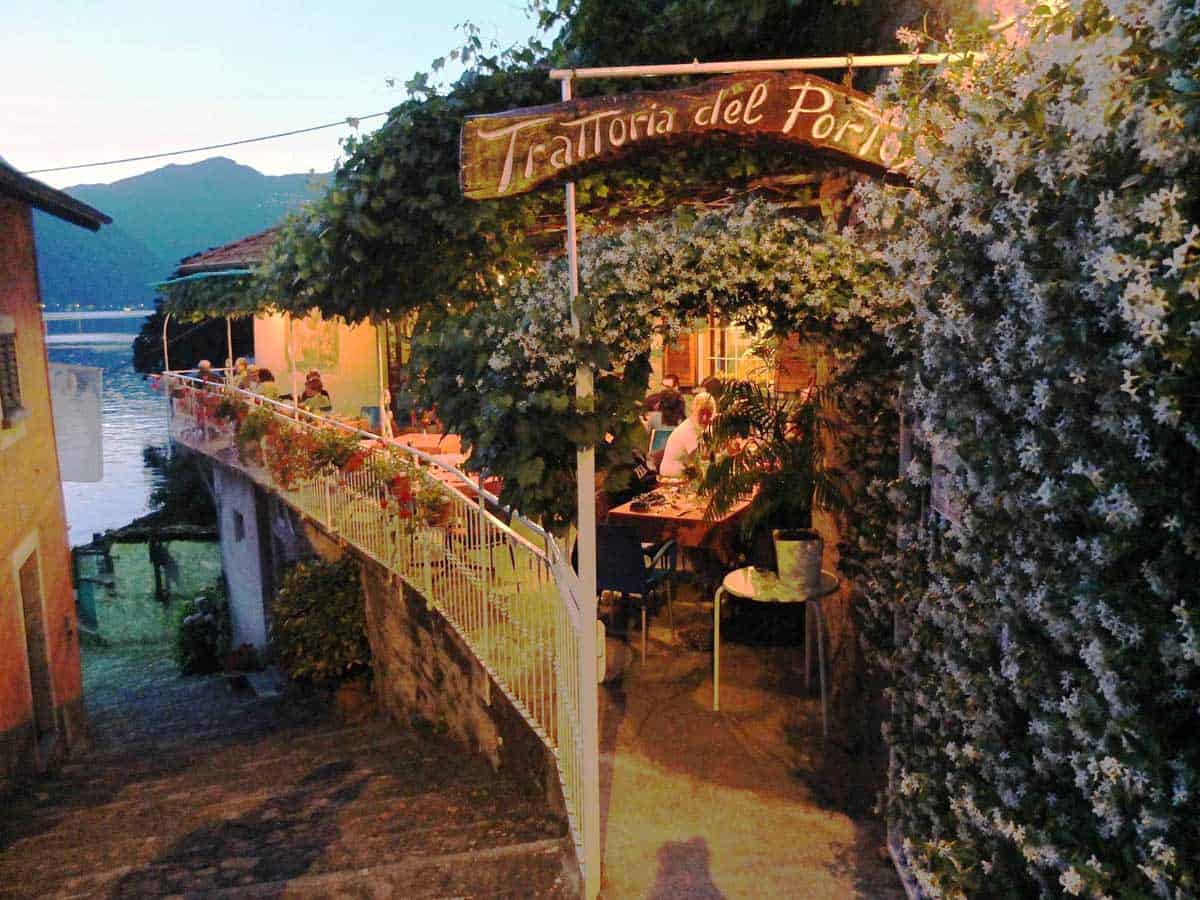 Three days at Lake Como in 17 destinations: Trattorias, Osterias and Fine Dining
Three days at Lake Como in 17 destinations: Trattorias, Osterias and Fine Dining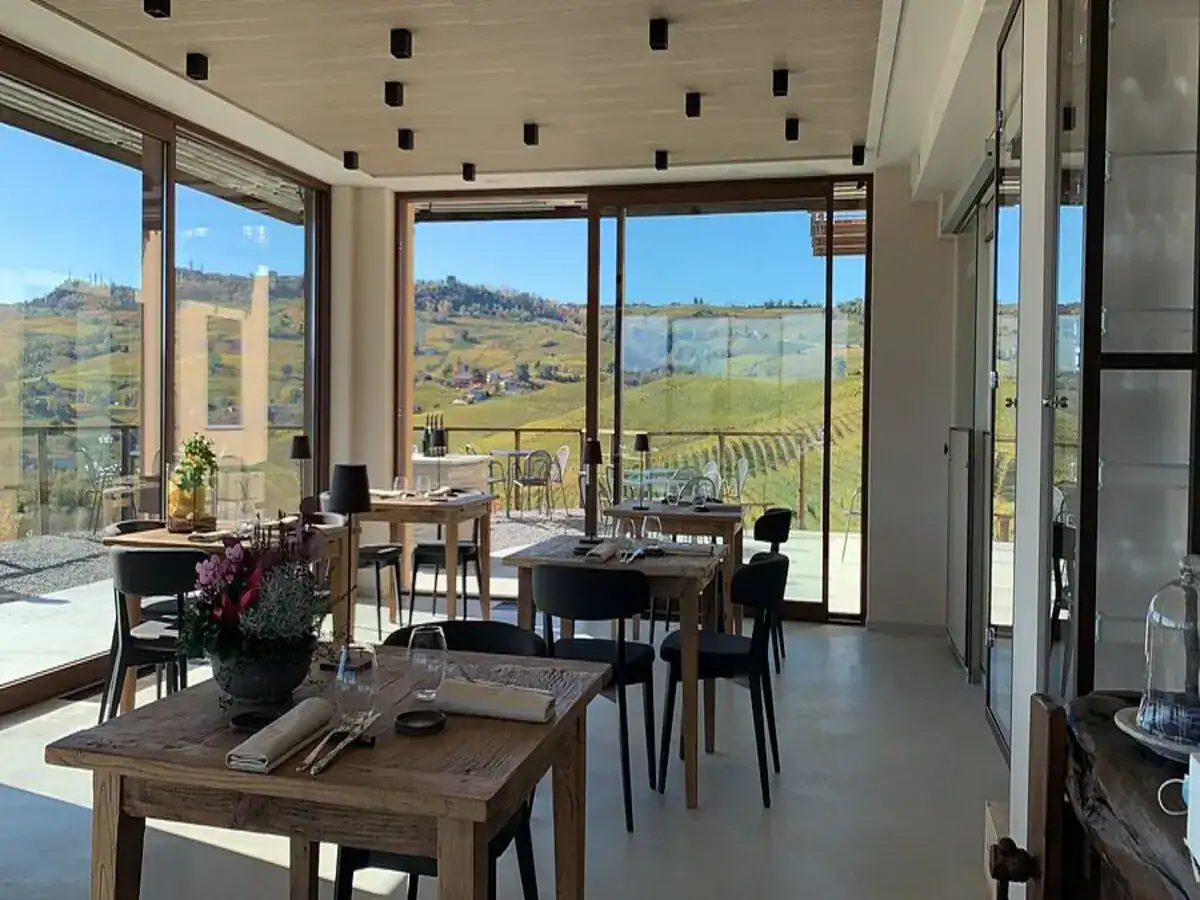 Piedmontese classics and raw seafood. The unexpected restaurant with a pool in the Langhe
Piedmontese classics and raw seafood. The unexpected restaurant with a pool in the Langhe
